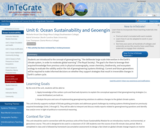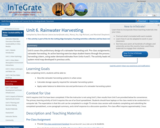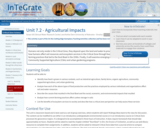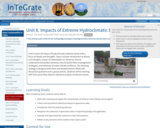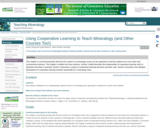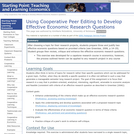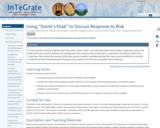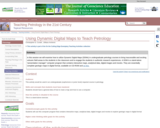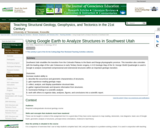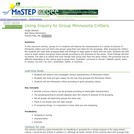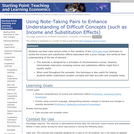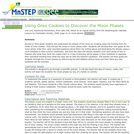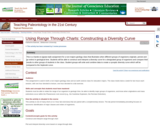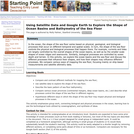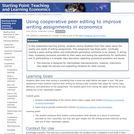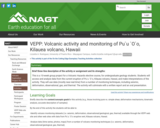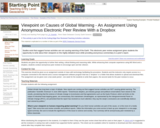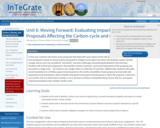
In this unit, students will review mock proposals that deal with some aspect of the role of carbon in the environment. Each proposal is based on actual actions proposed to mitigate some aspect of carbon consumption and/or climate change, and as such are considered "real world" scenarios (although somewhat generalized for this exercise). Students will review each proposal for the possible societal, economic, and moral implications if the proposal was pursued on a large scale -- for instance, by a single nation or collection of countries. Additionally, students will make recommendations to a fictitious governmental panel on the merits and pitfalls of each proposal and provide well-supported recommendations about whether that government panel should pursue or reject the proposal. Instructors can use this unit as a stand-alone activity, or as a summary activity to comprehensively review, discuss, and assess material presented in this module's earlier units.
(Note: this resource was added to OER Commons as part of a batch upload of over 2,200 records. If you notice an issue with the quality of the metadata, please let us know by using the 'report' button and we will flag it for consideration.)
- Subject:
- Applied Science
- Biology
- Career and Technical Education
- Environmental Science
- Environmental Studies
- Geology
- Life Science
- Physical Science
- Material Type:
- Activity/Lab
- Module
- Provider:
- Science Education Resource Center (SERC) at Carleton College
- Provider Set:
- Teach the Earth
- Author:
- Pete Berquist
- Date Added:
- 09/04/2020
